A Review of Some Website Paywall Options
Executive Summary
- This article is our review of some website paywalls.

Introduction
The problem with the loss of newsstand and at home paper subscribers has caused IT media to move to advertisements increasingly and paid placements.
The Paywall Options
There are several paywall options. These include:
- Chargebee: The lowest Plan is around $250 per month (so $3000), which — depending upon the volume of subscriptions, could be more or less than Pico. Any substantial revenue will mean its less than Pico. But overall, it lacks much of what makes Pico uniques.
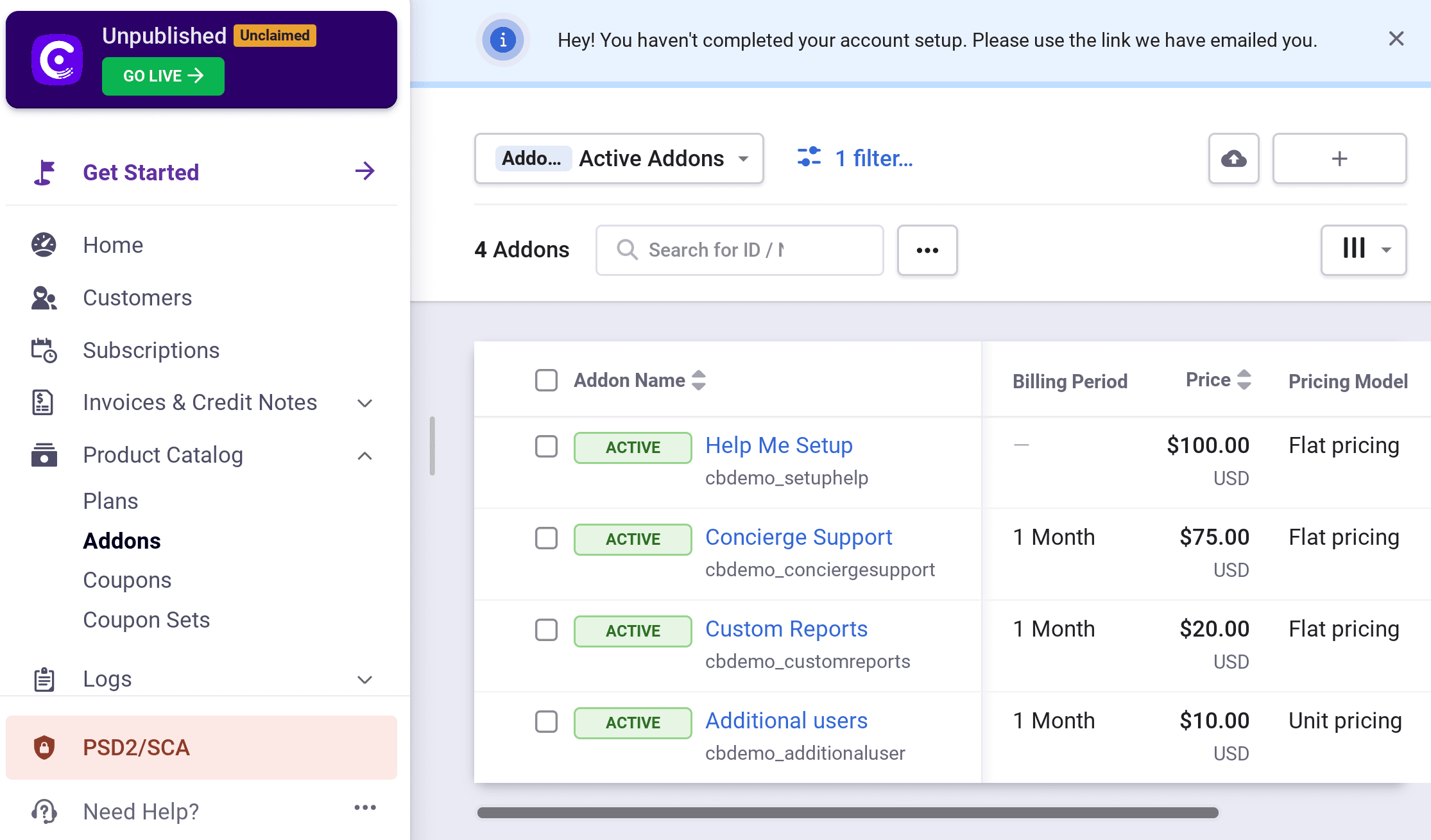
From within the ChargeBee dashboard, it is not clear where things like the login screen are configured.

It turns out it is within the Plan itself — however, the pop-up window is extremely basic.
- Pelcro: More designed for selling software versus content/paywall protection.
- Chargify: $150 per month (up to $10,000 in subscription revenue, + 1.5% of subscriptions).
Overall, Charify does not appear as elegant in its design as Pico.
- Ghost: This is open source and far less expensive than Pico, as they don’t take a percentage of the subscription revenue — however, the downside is that the content must be in Ghost, which is an issue for those that have invested in other content platforms.
- Pigeon: 10% of subscriptions + $100 per month. This makes it more expensive than Pico.
- FastSpring: More designed for selling software versus content/paywall protection.
- Paddle: More designed for selling software versus content/paywall protection.
- Simple Paywall: Works with WordPress. In beta, as of this article’s publication.
- UplandPostUp: Hard to find information about this option.
- MemberStack: Interesting solution, that is offering early access to WordPress plugin. Reviewing the video below makes it look promising. The following video shows an integrated solution of MemberStack, Zapier, AirTable, along with Webflow (which is the CMS that provides a turnkey solution — and with hosting included.)
This is part 2.
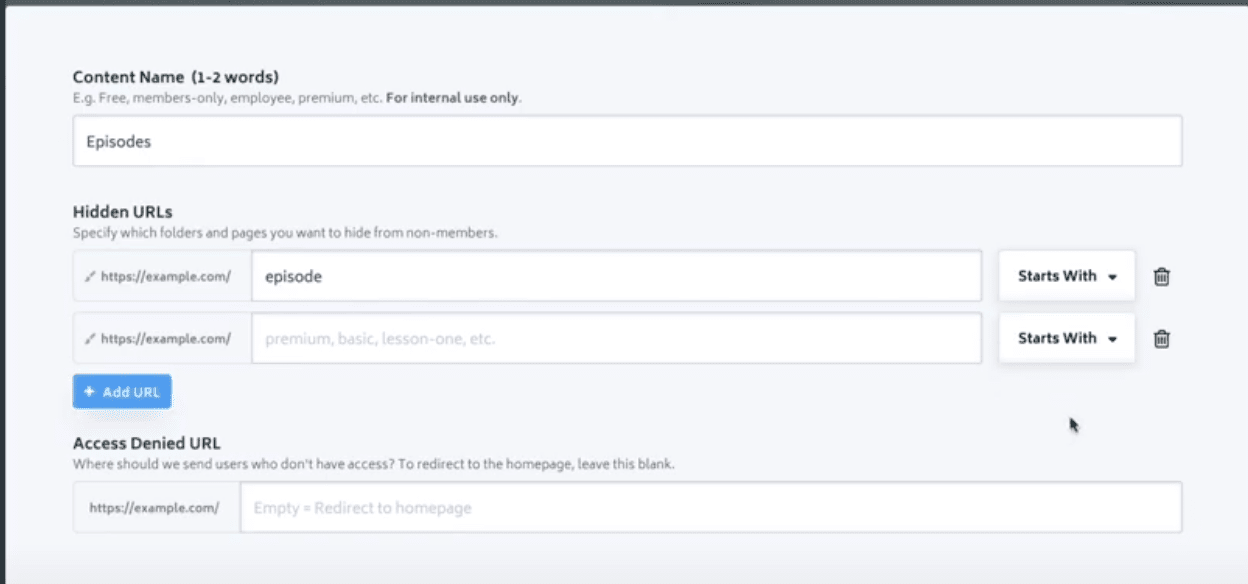
MemberStack has the ability to hide or protect URL extensions. This could work to hide an entire subsite. The problem is that MemberStack does not have the ability to show partial content. This is a problem if one does not want to have to hide specific content, but rather wants to implement a metered paywall. The metered paywall is preferential, as the content is still available, Google can still index it. However, after a set number of views, viewers are restricted to access more information.
The Problem With the Shortage of Good Paywall Options
Our conclusion from evaluating the different options is that there are very few options for paywall software.
This is a serious issue facing content producers.
Not only is there a need for this software, but for it to be both powerful in controlling access, flexible, and usable by smaller companies, even individual content producers. Without the ability to charge for content, small content producers must sell something else along with the content.
Secondly, without solutions that are usable by smaller entities, it again pushes the advantage to the large content producers. However, large content producers are primarily streamlining operations, not expanding employment.
In the article How Media Entities Use the Pico Paywall, you will see an example of The Colorado Sun, which was begun by ex-The Denver Post journalists. This local paper was gutted when it was purchased by a ruthless corporate entity that did not care about journalism and just saw The Denver Post as a way to make more money.
Having smaller content producers be able to be viable is essential because
- a.) smaller content producers nearly always perform better niche coverage.
- b.) large content producers have shown that they are particularly susceptible to being captured by elite interest.
- c.) smaller content producers tend to be more accurate than larger content producers. We cover this in the article The Negative Relationship Between Quality vs. Funding in Economics and Finance Reporting.
There are no two ways around it, enabling smaller content producers to monetize content would result (on average) in higher quality content being available.
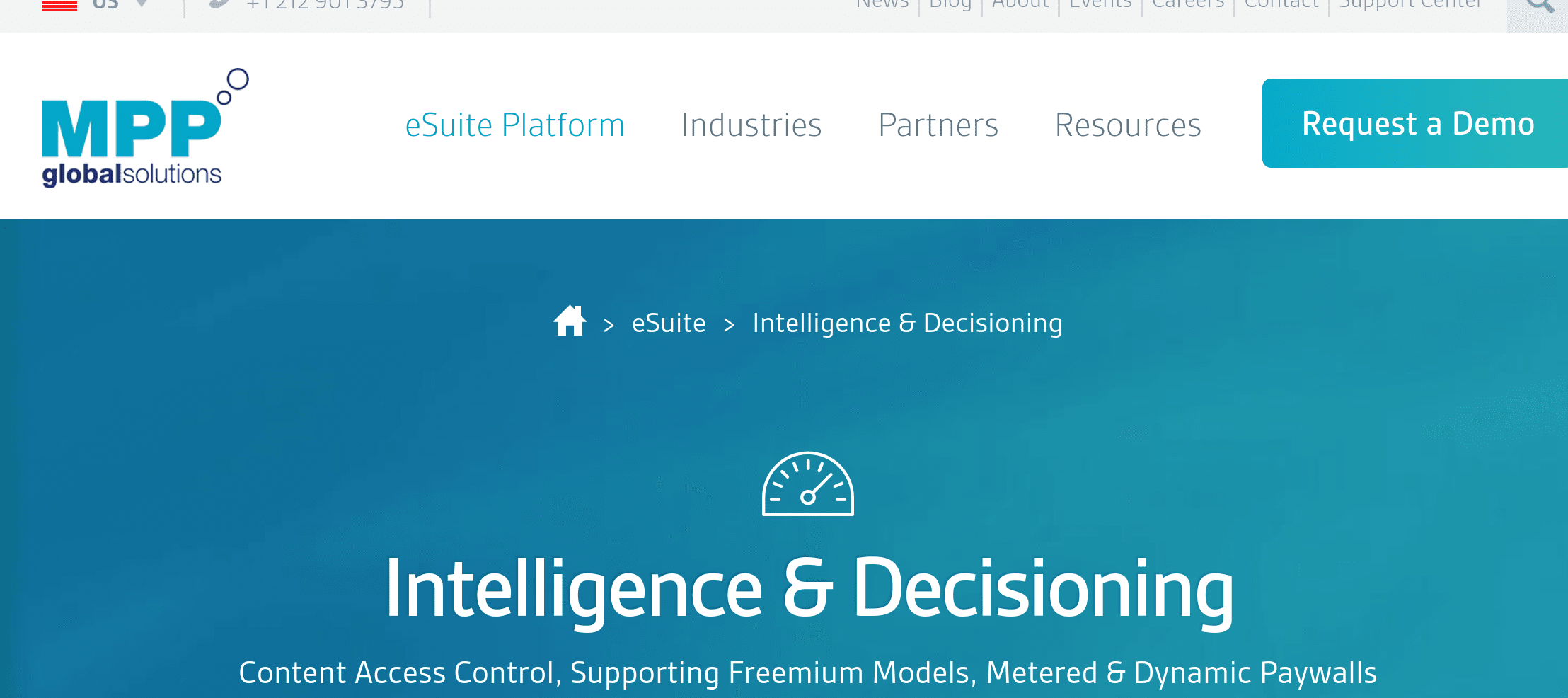
MPP Global has an excellent reputation, but they don’t publish their pricing and are for large media entities.
Once one removes the subscription services that are designed to sell software and that are not really paywalls for media, websites, etc… one is left with very few good alternatives. This branches into the related topic of the issues with the plugins for WordPress, which we cover in the article The Brightwork Requirements for WordPress Membership Plug-In.
Where to Find Paywall Software
We investigated paywall software like Pico, only after coming away unsatisfied with the software that was available in the WordPress membership plug-in category. Curiously, neither of these categories references one another. So you could work with one of these categories of software, and be unaware as to the other category, even though they seek to solve a very similar problem.
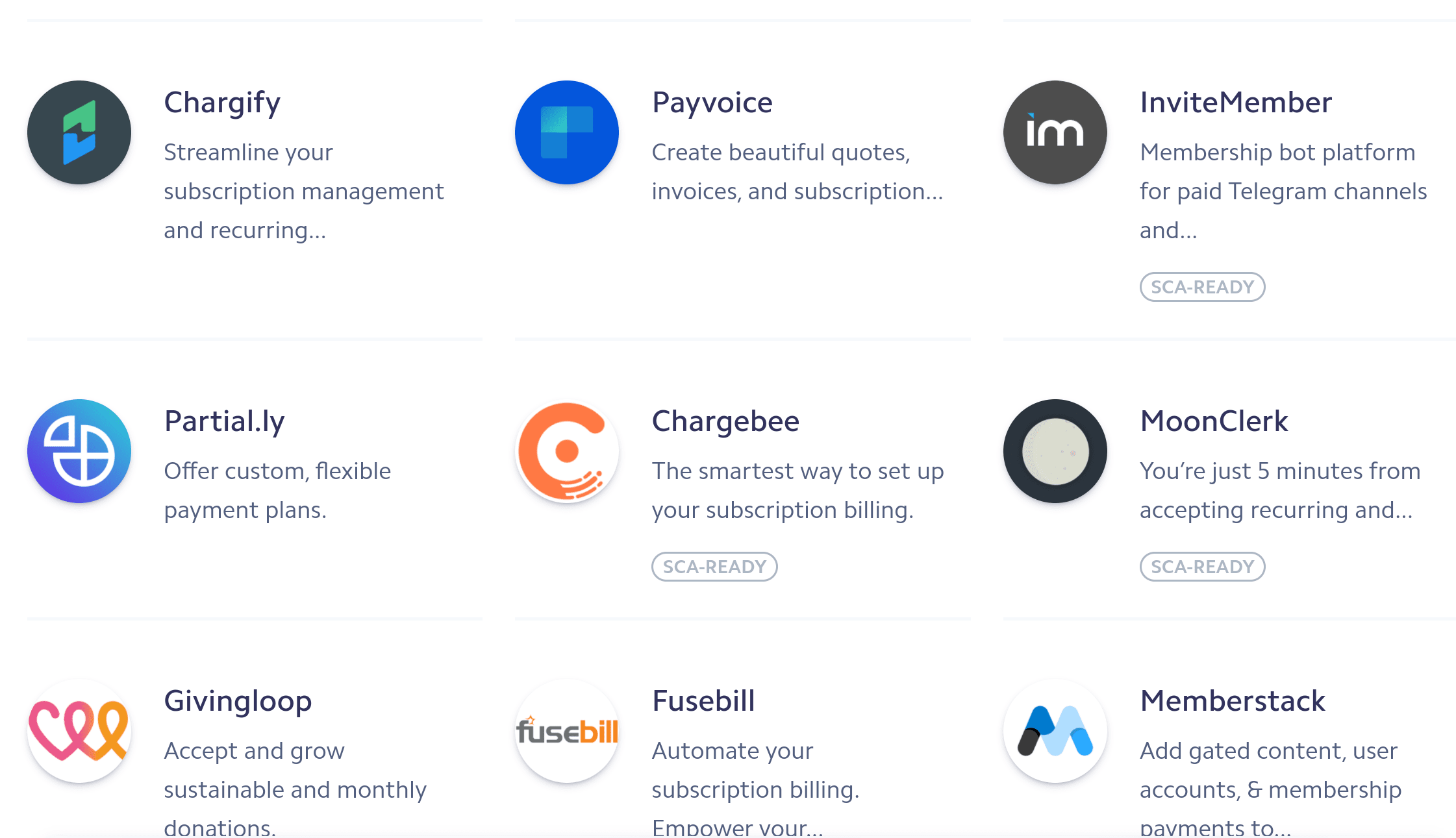
Probably the best listing of subscription paywalls is the Stripe partner page. Sites like G2Crowd don’t seem to understand the software category sufficiently to be used as a source. Some of these
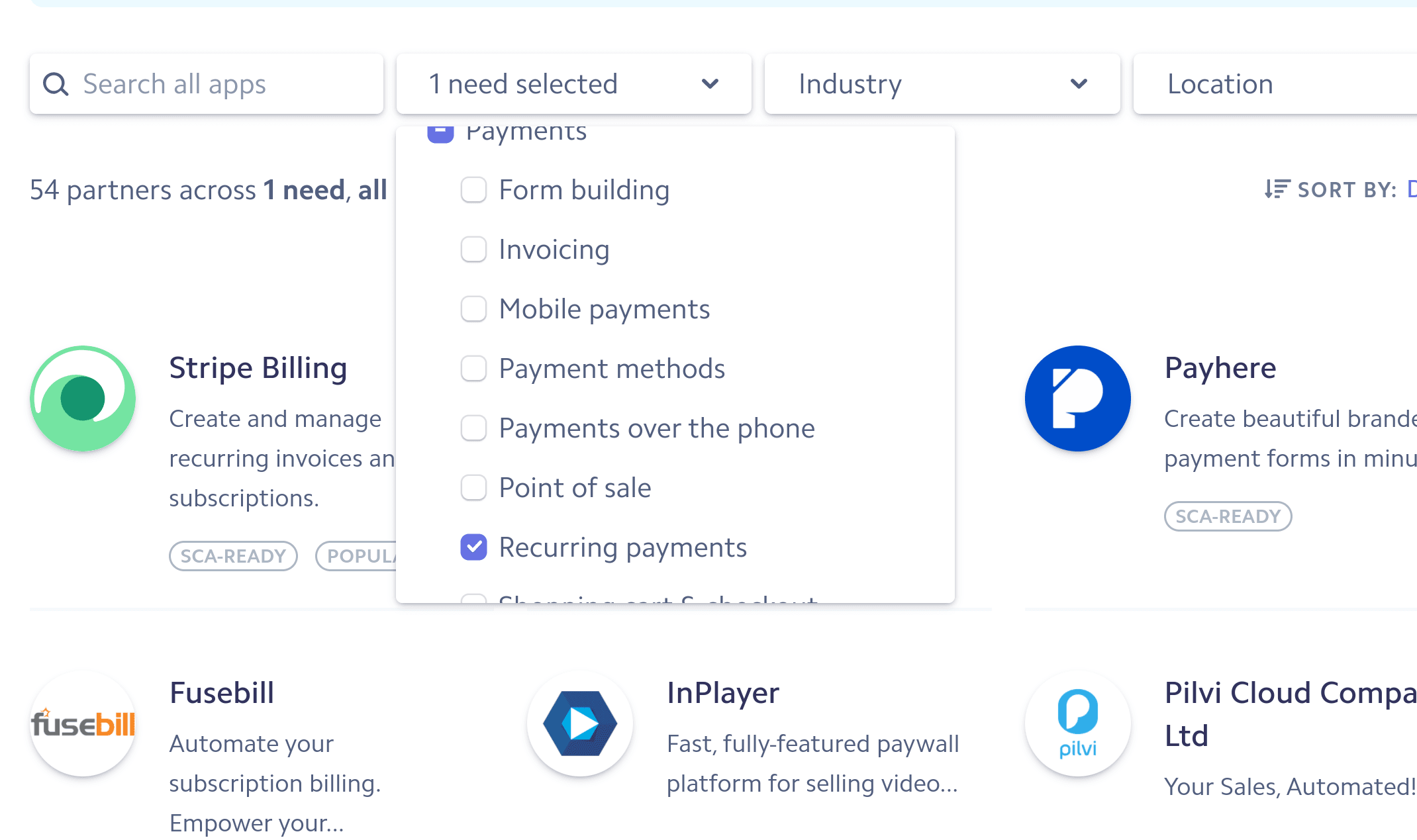
We filtered on the basis of recurring payments. This, unfortunately, includes recurring payment providers for both paywalls and other types of recurring payments.
Conclusion
There are several options for paywalls, but only a few that fit our requirements. Several paywall options lack sophistication. We rank the choice as low in terms of those that offer a sufficiently sophisticated solution. We hope this changes in the future because there is a need for more solutions in the marketplace. Software that charges 10% of the subscription would most likely be acceptable. This gives a paywall vendor a piece of many subscription services.